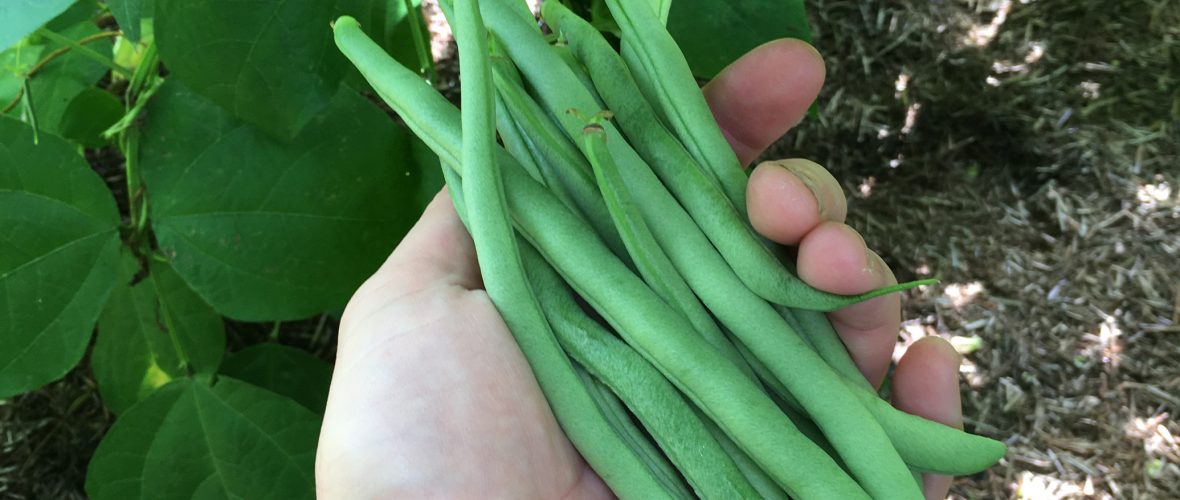I mentioned recently how several plants had been growing super slowly this summer, and I’m back on that subject again this week. The reason? My beans. Finally, I am actually harvesting some sensible sized handfuls of french beans, and the runners are not far behind. It’s very late though. Normally I’d be harvesting beans from July through to October quite happily.
Before, I spoke about the low summer temperatures and plants (particularly sweetcorn) not being able to unlock nitrogen from the soil as a result – I do think this is partly responsible for the slow growth of my beans as well. However, I also think that something else is at play, and that’s the compost that I used.
It’s a known brand of compost – I’m reluctant to ‘name and shame’ and, anyway, I think this may well be applicable to several well know brands these days as companies cut back on quality to try and cope with costs etc – and it’s their multi-purpose compost. I’ve used it for years, and have always had good results. This year, though, I noticed that the texture was woodier/barkier, and I really think this has affected the quality of the soil and the ability of the roots to get the nutrients they’ve needed. My theory is that, the heavier woody content of the compost has further depleted the top level of soil of nitrogen, which will have meant that the beans were struggling with a kind of double-whammy nitrogen deficiency – partly because the soil wasn’t warm enough early in the season, and partly because the woody compost was robbing the soil of nitrogen.
It’s a good reminder of why making your own compost is so beneficial – you get to control what goes into it. My plot is so large that I inevitably have to top up with compost from elsewhere, but this has got me questioning the big brand compost suppliers that you find in most garden centres. I’m going to put a bit of thought to where I do and don’t want to source compost and other organic material over this autumn.

